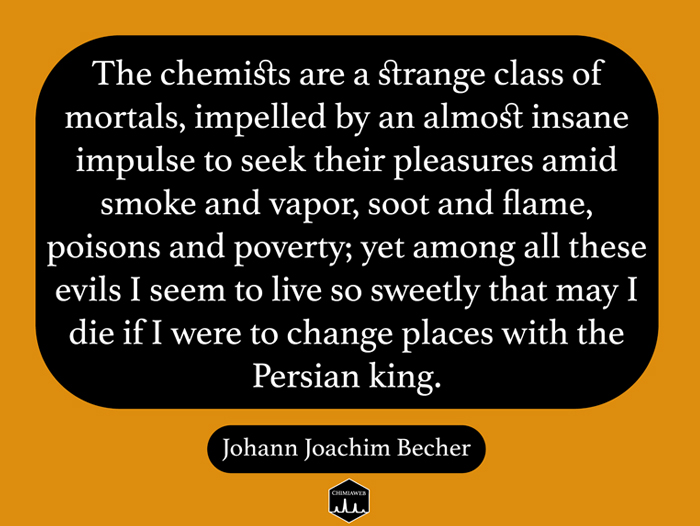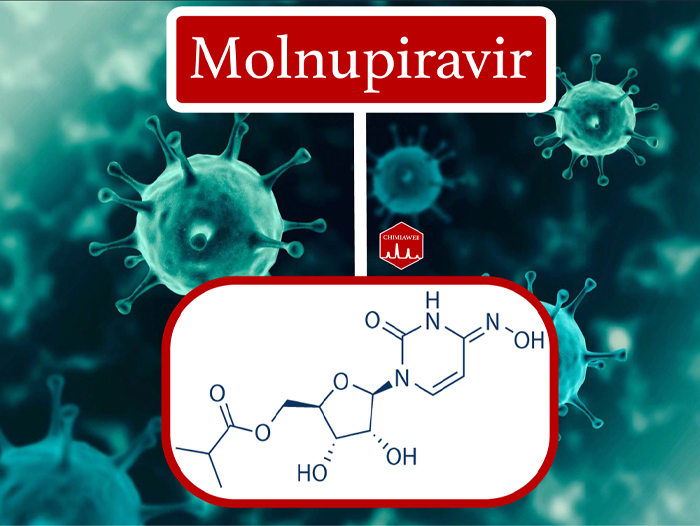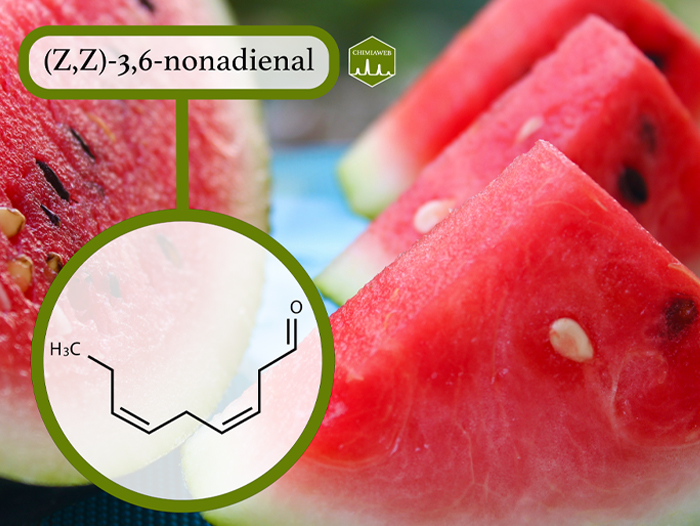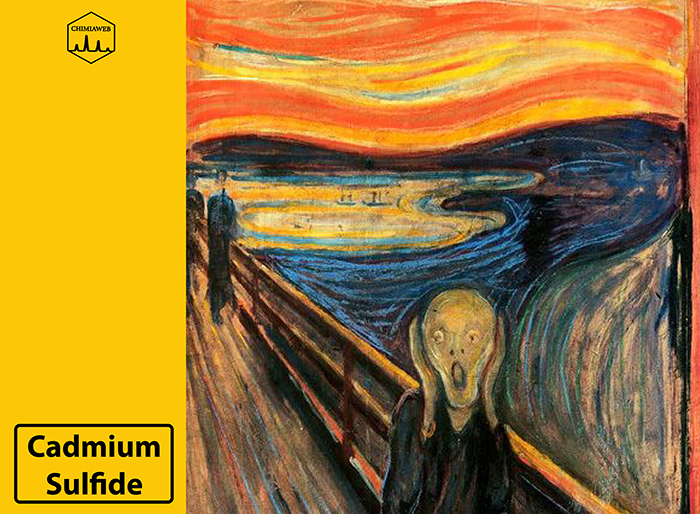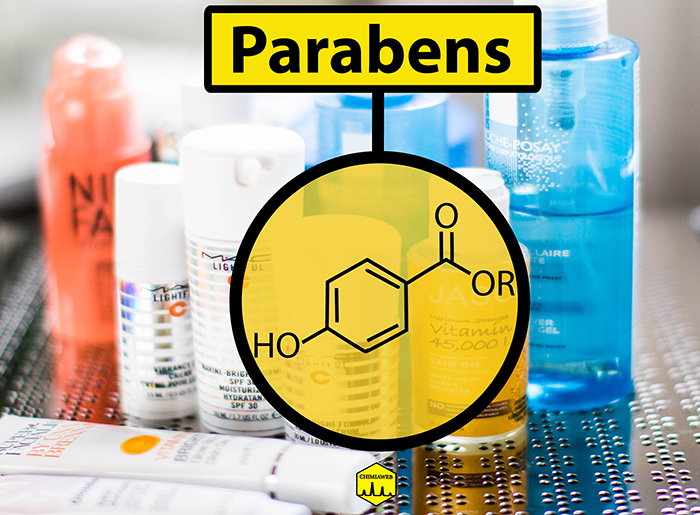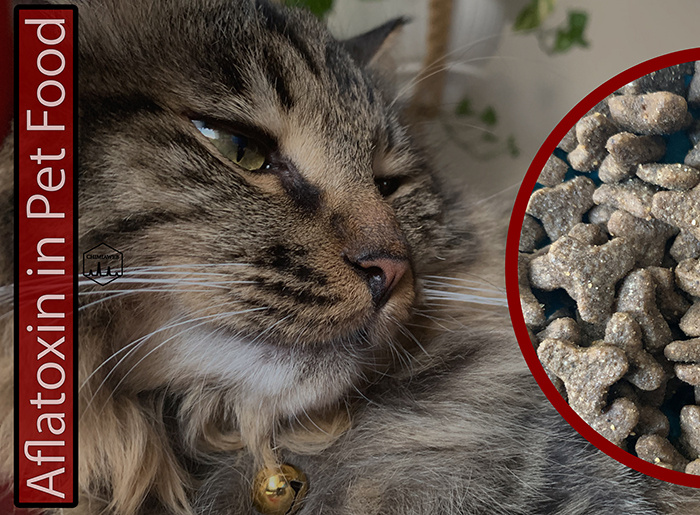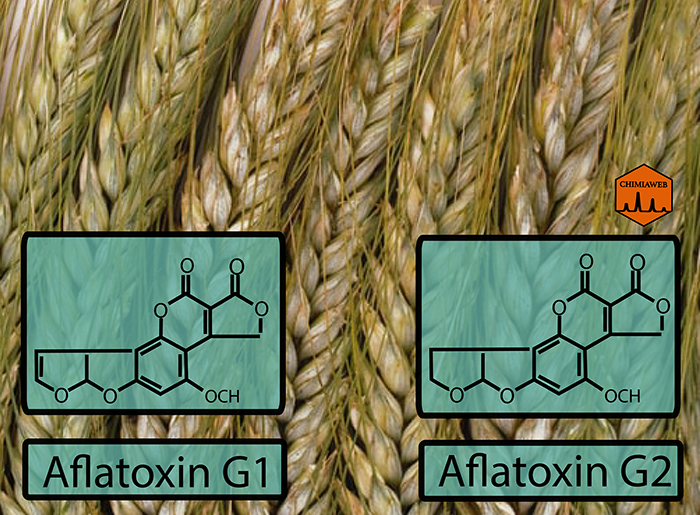26
Aug
What Is the Chemical Structure of Slime?
Slime is one of the most popular toys for kids, which provides them hours of fun. There are also lots of adults enjoying slime as a stress reliever. Let’s take a look at what chemicals slime is made of.Slime is...
28
Jul
Molnupiravir: The Oral Antiviral Medication for COVID-19
The coronavirus pandemic (COVID-19) continues to pose a challenge to healthcare systems worldwide. Several therapeutic drugs, such as remdesivir, favipiravir, ivermectin and hydroxychloroquine were used to battle the disease. They have been tested for their potency and safety of antiviral...
18
Jul
Why “The Development of Asymmetric Organocatalysis” Got the 2021 Nobel Prize in Chemistry?
The Nobel Prize in Chemistry 2021 was awarded to Benjamin List and David McMillan for their innovation in molecular construction, known as “asymmetric organocatalysis”. German scientist Benjamin List of the Max Planck Institute and Scotland-born scientist David MacMillan of Princeton...
07
Jul
What Chemicals Are Responsible for the Aroma of Fresh-cut Watermelon?
Watermelon is one of the most popular fruits in the world for its delicious tasting and unique aroma. The fresh odor of watermelon makes your mouth water, and it will surely eager you to take a bite of this amazing...
28
Sep
How Were Chemistry Techniques Applied to Understand Discoloration of Cadmium Sulfide Pigment in “The Scream” Painting?
Science and art are linked to each other, so that modern chemistry techniques improve our knowledge to conserve pieces of art.
“The Scream”, created by Edvard Munch in several versions, is one of the world’s most famous paintings, which represents the...
31
Aug
Why Parabens Are Used in Cosmetics?
Parabens (para-hydroxybenzoates) are a group of chemicals that are commonly used as preservatives in cosmetic products to prevent the growth of bacteria and mold. Parabens are used in several products, such as shampoos, lipsticks, lotions, deodorants and facial moisturizers. The...
24
Aug
Aflatoxins: Poisonous and Carcinogen Compounds (Part 5)
Aflatoxins can occur not only in human foodstuff, but also in pet food. The incidence of aflatoxin contamination is associated with cereal grains, nuts, cheese and dry milk powder used as ingredients in commercial pet food for animals such as...
16
Aug
Aflatoxins: Poisonous and Carcinogen Compounds (Part 4)
Aflatoxin M1 and M2 are metabolites of aflatoxin B1 and B2, respectively. Aflatoxin M1 and M2 are produced in the liver of animals consuming feed contaminated with high levels of B-group aflatoxin, and it occurs in their milk. These toxic...
12
Aug
Aflatoxins: Poisonous and Carcinogen Compounds (Part 3)
Aflatoxin G1 and G2 are among the major types of aflatoxins, which are highly toxic and carcinogenic. The G-group aflatoxins contain difuranocoumarin with a lactone ring. The G designation of aflatoxins G1 and G2 refers to the emission of green...

